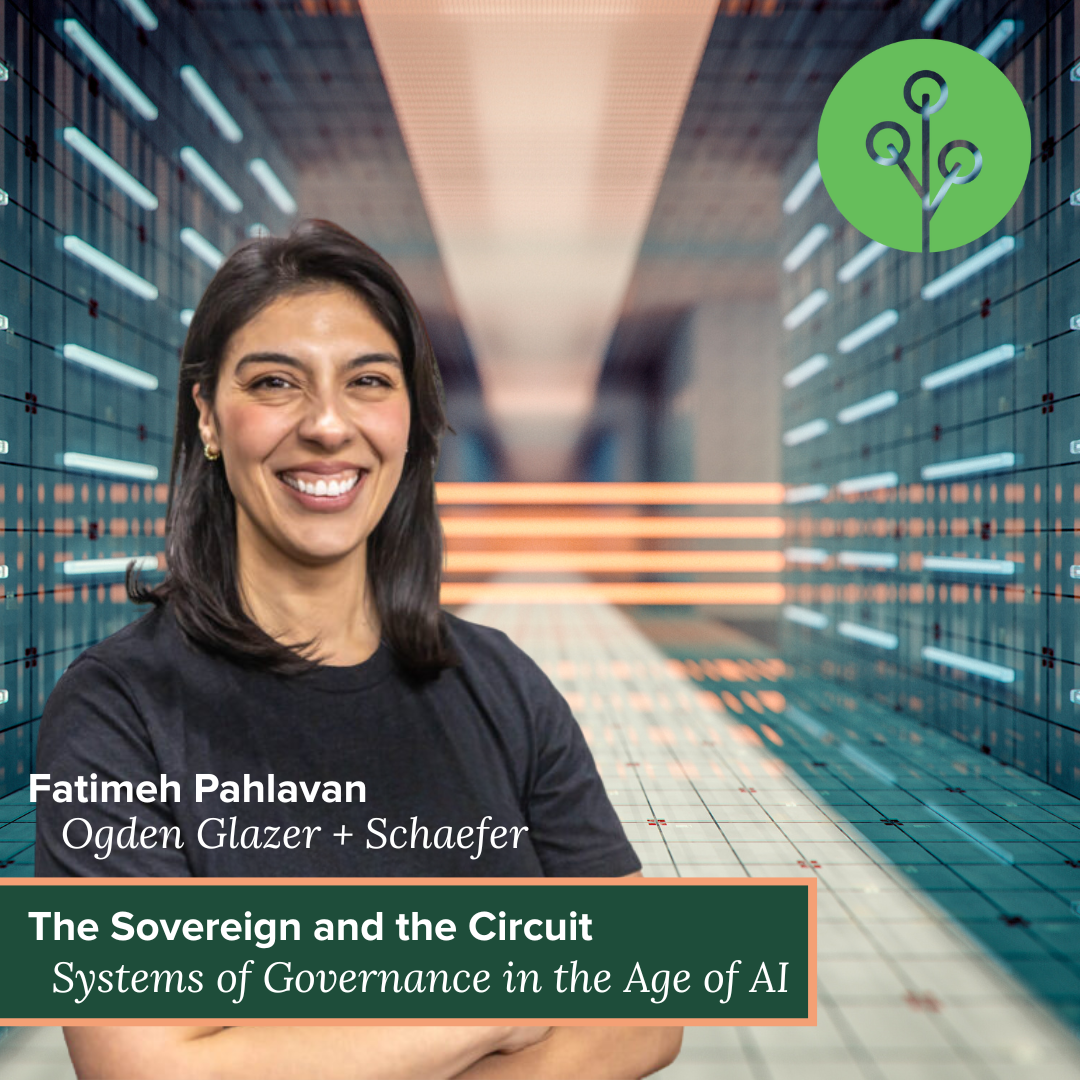Systems of Governance in the Age of AI
Governance, at its core, is about how we relate to one another. It is not just about laws or procedures. It is about who is heard, how power moves, who decides what matters, and how decisions are made real through collective agreement. Governance lives not only in legislatures or courtrooms, but in families, organizations, and everyday relationships.
Most governance systems rely on fixed tools: constitutions, codes, and legal frameworks that are designed to stabilize complex realities. These structures are often intended to provide continuity, but they struggle to keep pace with the dynamic, emotionally layered, and unpredictable nature of human life. We change quickly. Our context evolves constantly. And yet our systems often move slowly, requiring interpretation, negotiation, and amendment before anything meaningful can shift.
To address this tension, some societies have built governance models that attempt to hold different functions in balance. One such model is the constitutional monarchy, which separates leadership into two roles. The prime minister acts. The sovereign holds. The prime minister is designed for responsiveness and pragmatism. The sovereign is meant to represent continuity, dignity, and restraint. Together, they form a system where action and presence exist side by side.
The theory is compelling. It reflects an understanding that governance is not a singular function. It is a set of tensions: between movement and memory, clarity and complexity. No one person can embody all of this at once. The model works by dividing what is otherwise too much to carry.
Of course, the monarch’s role is not without its limitations. Sovereigns are often cultivated to perform stability rather than embody it. They are trained to remain above the fray, which can create a sense of dignity but often at the expense of intimacy. Their distance, while useful symbolically, can make them irrelevant to the lives of those they are meant to serve.
In the United States, we rejected monarchy altogether. Our system divides power across three branches, intended to hold one another in check. At its best, this creates accountability. At its worst, it creates incoherence. The president is expected to act and inspire, to embody national identity and manage policy, to be both accessible and authoritative. The job is shaped by contradiction, and over time, the system becomes strained by the weight of these opposing demands.
At the foundation of each of these structures is the same challenge: we are trying to govern dynamic conditions using static tools. And yet today, we are beginning to work with something new.
Artificial intelligence systems are becoming increasingly capable of managing complexity. They can process massive volumes of data, recognize patterns across domains, simulate outcomes, and adjust in real time. They are not limited by memory or time. They are not guided by emotion or fatigue. In many ways, AI is built to fulfill the functional role of governance. It can assess, optimize, and execute with a level of precision that no human can match.
But governance is not only about execution. It is also about meaning. It is about legitimacy, relationship, and presence. These are not things AI can replicate. It cannot hold emotional contradiction. It cannot interpret moral context. It cannot listen in the way human beings are wired to listen. This is not a shortcoming. It is a boundary.
So, what do we do with that boundary?
One possibility is to revisit the structure, if not the symbolism, of the constitutional monarchy. Imagine a system where the role of prime minister is fulfilled by artificial intelligence: a fast, adaptive processor capable of managing logistics and modeling outcomes. Alongside it sits a human sovereign, not a monarch or celebrity, but someone chosen for their ability to stay present, to absorb pressure, to reflect what is too complex to be captured in code.
In families, this might look like parents who lean on AI for scheduling and information, but who still shape the emotional tone of the home. In organizations, it might mean leadership teams that use AI to generate insights, while remaining responsible for building trust and holding values. In government, it could mean using AI to process large volumes of law, policy, and precedent. These systems could help surface what is relevant, identify internal contradictions, and propose interpretive paths forward. The human role remains essential, not as the processor, but as the one responsible for judgment, context, and care.
As we begin to design systems that include artificial intelligence, the question is not whether it can lead, but how will we shape its role in relation to our own. AI can process with speed and scale, but it cannot decide what is worth holding steady. That remains a human task. The clearer we are about this distinction, the more capable we become of building systems that are not only intelligent, but coherent. Not only adaptive but anchored. Systems that will serve efficiency as well as the dignity of being human.

